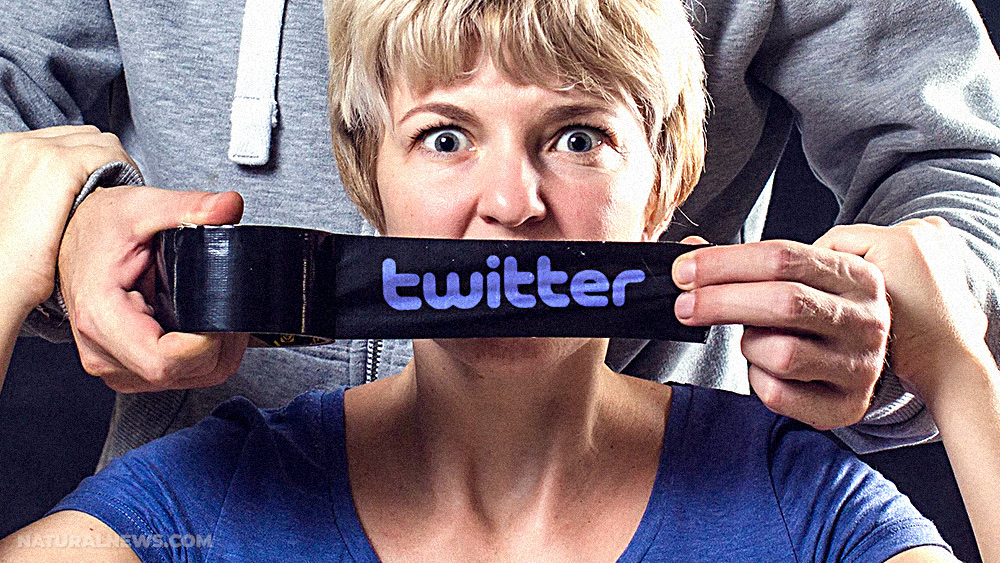
L. Lin Wood, the lawyer who is attempting to crowdfund legal fees for Kyle Rittenhouse, is apparently being shadowbanned by Twitter.
The discovery that Wood was being censored came after privacy advocacy blog Reclaim the Net ran Wood’s Twitter handle through the Twitter Shadowban test and discovered that he was in fact shadowbanned. Further testing, involving manual searches for Wood’s Twitter handle confirmed the results.
“Jack & Twitter cannot help themselves,” wrote Wood in a Tweet after being informed of his shadowban, referencing Twitter chief executive Jack Dorsey. “They keep dropping evidence in our lap that will ultimately lead to their destruction. Thanks, Jack & Twitter! Keep up the good work!”
Wood made a career defending those attacked by mainstream media
An Atlanta-based libel lawyer, Wood has made waves as “The Lawyer of the Damned” for representing controversial figures. Prior to his involvement with the crowdfunding effort for Rittenhouse, Wood famously represented Nicholas Sandman – the Covington Catholic High School student who became the face of the January 2019 Lincoln Memorial confrontation.
Wood was one of the attorneys who represented Sandmann in his family’s defamation lawsuit against The Washington Post, CNN and other media outlets. The suits stated that Sandmann had been wrongfully targeted after a video of him confronting Native American activist Nathan Phillips went viral and was later used by these outlets.
In particular, the suit against the Post accused the outlet of publishing several false and defamatory articles and alleged that the paper wanted to lead a “mainstream and social media mob of bullies” who “attacked, vilified and threatened” Sandmann.
More recently, Wood has gotten himself involved in the case of Kyle Rittenhouse, the 17-year-old accused of shooting three people, killing two of them, during a protest in Kenosha, Wisconsin. Rittenhouse has argued that he was acting in self-defense after feeling threatened by the protesters, including one who he said was following him. (Related: Rittenhouse Represented: Lawyer who helped Nick Sandmann steps up and offers services to Kyle Rittenhouse.)
Wood, a libel attorney, is not representing Rittenhouse. Instead, he has put together a crowdfunding effort to cover the young man’s legal fees.
Twitter’s shadowban, however, hurts these efforts as they prevent any of Wood’s tweets about the fundraiser from reaching a wider audience, outside of those already following him.
Twitter shadowbans are now part of its terms of service
Shadowbanning is the controversial practice of blocking access to a user’s content in such a way that it’s difficult or impossible for others on the platform to discover it. It gets the "shadow" part of its name because the user is unaware that this is happening – everything looks fine from his end.
Now social networks, such as Twitter, can get rid of unwanted content or users by outright banning them – provided they violate the platform's rules. This action, however, makes the user in question aware that they've been banned, as the user is no longer able to participate on the platform.
Shadowbanning, on the other hand, makes it appear that the user is still on the platform. Anyone who’s been shadowbanned isn't made aware of the fact and can continue posting, even though the platform allows limited access to the user's content.
In the past, Twitter had denied that it was involved in any form of shadowbanning. At the time, CEO Jack Dorsey claimed that any shadowbans or removals were due to “mistakes” made by their algorithms.
That all changed at the start of this year when Twitter made shadowbanning part of its terms of service. The social media network’s terms of service now state that it can “limit distribution of visibility of any Content on the Service.”
What really raises flags, however, is the lack of transparency from Twitter on any of this. The company has not shown any transparency whatsoever about how its terms of service are put together. Neither has it said anything about how, or even why, users and their content could be subject to “limited distribution or visibility” – the term the company uses to skirt around the “shadowban” label.
Users don't know whether Twitter's decisions to shadowban are being made by algorithms or directly ordered by humans. The company's recent actions, such as shadowbanning Wood, however, seem to point to the latter.
Follow Censorship.news for more on how social media platforms are trying to silence those who go against their agenda.
Sources include:
KA-Electronics.com[PDF]
Please contact us for more information.





















